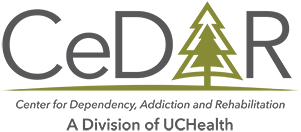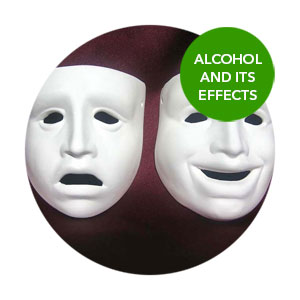ALCOHOL AND ITS EFFECTS
The concept of dual diagnosis identifies co-occurring mental health conditions along with addiction. The most common condition present in our residential treatment center is alcoholism with a rate of about 85%. The second most common diagnosis is Major Depression with a frequency between 60 and 65%. In understanding this data, the second most common diagnosis in an addiction treatment facility is NOT, in fact, an addiction! That’s how prevalent these comorbid conditions actually are. We need to address them to achieve a strong overall health outcome.
Fusion Approach
It is important to note the fusion approach of an addiction combined with another mental health struggle. This fusion implies that these issues interweave and impact each other, but do not necessarily cause each other. In fact, the assumption that a deep issue “causes” an addiction is very much incorrect. You can find literature which will describe low self-worth, shame, isolation, impulsivity, or trauma causing one’s struggle with addiction. These things seem may have a connection to addiction, but multiple variables are the overall cause of addiction.
Secondary Mood Disorders
In recovery, we don’t chase ghosts. It can feel very comforting to have the hope that there is some deep cause to your suffering, but you likely will never find that. Or, you may find something like depression, treat that depression, and continue to relapse on alcohol. In fact, through George Vaillant’s analysis of the Harvard Study on Adult Development, he found that alcoholism was more the source of many secondary mood disorders and problems rather than caused by those things.
A metaphor for this can connect back to how we approach diabetes management. If someone were to cross the line and develop diabetes, it would be ridiculous to spend mental energy pondering “which fountain drink” pushed you over to insulin resistance. This way of thinking involves regret and kicking yourself. With alcoholism, you could get lost tracing back your earliest alcoholic-level drinking to a medical issue, life stress, death in the family, divorce, workplace hardship, period of excessive life partying, etc. In treatment, we entirely step over this discussion and instead focus on healing.
Comorbid Diagnosis
By addressing any comorbid diagnoses in addition to your addiction, you create a more sophisticated healing path. Strong treatment centers will address dual-diagnosis needs of people. Here are some useful guidelines we use when approaching this topic:
- Safety – Using a “less is more” approach with meds
- Mutually inclusive treatments instead of treatments that clash with each other
- Mutual feasibility – Can you give energy to both issues these days?
- Agreed upon goals to address each issue
Treating Primary Addiction
Rejection of the dual-diagnosis framework also is likely to fail. It is common to see a person who is very committed to treating depression, but very disagreeable about having alcoholism. This person often struggles in recovery, as relapse on alcohol will sabotage any strides made in terms of depression remission. Vice versa is also true for some people. If an untreated mental health problem lingers on, addiction relapse rates magnify. As you can imagine, this is a vicious cycle that needs to be broken.
Dual-diagnoses approaches are now the standard of care for comprehensive addiction treatment. Just as the diseases can interweave, so should the treatment paths. As each part of a person starts to heal, there can be some positive momentum, and the whole person will feel markedly better.
Read more CeDAR Education Articles about Alcohol and Its Effects including To Drink or Not to Drink?




